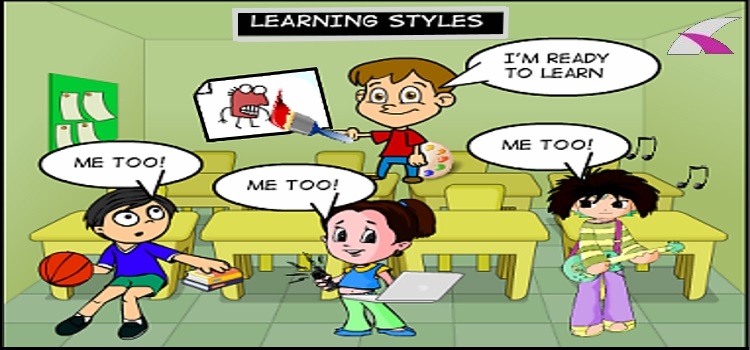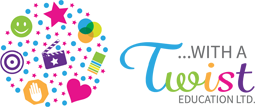Learning Styles help our Twisted Tutors understand how our Twisted Learners Learn.
We determine how our Twisted Learners’ brains best light up so that we can help them work smarter and not harder. Also, it allows us to teach your child strategies throughout our time working with your family. Your child will be able to walk into any classroom environment and learn, no matter what the teacher’s teaching style is!

V: Visual
Visual Learners learn best through what they see. They think in images and pictures and find success when they use graphics to represent what they are studying. This could mean creating their own original graphics, using symbols to represent ideas, or incorporating colour whenever possible. A visual learner’s aptitude for graphics is so strong that they can often learn from pictures alone, even allowing them to get useful information from a foreign cartoon without subtitles!
Strategies:
- Use of colour (ie. highlighters, underlining, assorted colour pens)
- Flash cards with visuals on them
- Symbols instead of words (ie. positive = +)
- Draw & re-draw notes (ie. diagrams, charts, concept maps)
- Practice turning visuals into test questions
- Source out videos related to topic http://www.khanacademy.org/
A: Auditory
Auditory Learners learn best while they are actively listening. They prefer to ingest information through audio clips or by discussing a topic. They are able to take in what they need simply by listening intently. Combine this with a tendency to want to talk, auditory learners can sometimes appear disruptive or uninterested in class. They think in words, enjoy wordplay and puns, and love telling stories. They’re also the types of children who memorize things easily—dates, spelling words, random trivia, and especially the words to their favourite songs.
Strategies:
- Attend all classes to ask questions, repeat answers & read notes out loud (at home too)
- Dictate notes on a smartphone or other recording device
- Note examples or stories (as class shares any)
- Bring up outside of class (i.e. study group, dinner talk, play teacher)
- Spend time in a quiet place recalling answers & if not possible, use ear plugs
K: Kinesthetic
Kinesthetic Learners learn best when they are physically active or through learning activities that involve active participation. They can be fidgety and might not enjoy sitting still for extended periods of time, which sometimes comes across as disruptive or uninterested. This isn’t necessarily the case! If a student seems restless, they might need an exercise break to refocus, or they might benefit from a hands-on approach. Kinesthetic learners want to do activities with their hands, and they can often find success constructing and deconstructing physical models to aid their learning.
Strategies:
- Write down examples & cases in class, relate to something you do outside of class
- Demonstrations: participate in, ask for & create your own (i.e. act out what you are learning)
- Use websites & models related to the topic
- Pace, exercise, tap while studying & exercise the night before bigger exams, etc.
To understand why we base our programming on Learning Styles, please see the following references:
